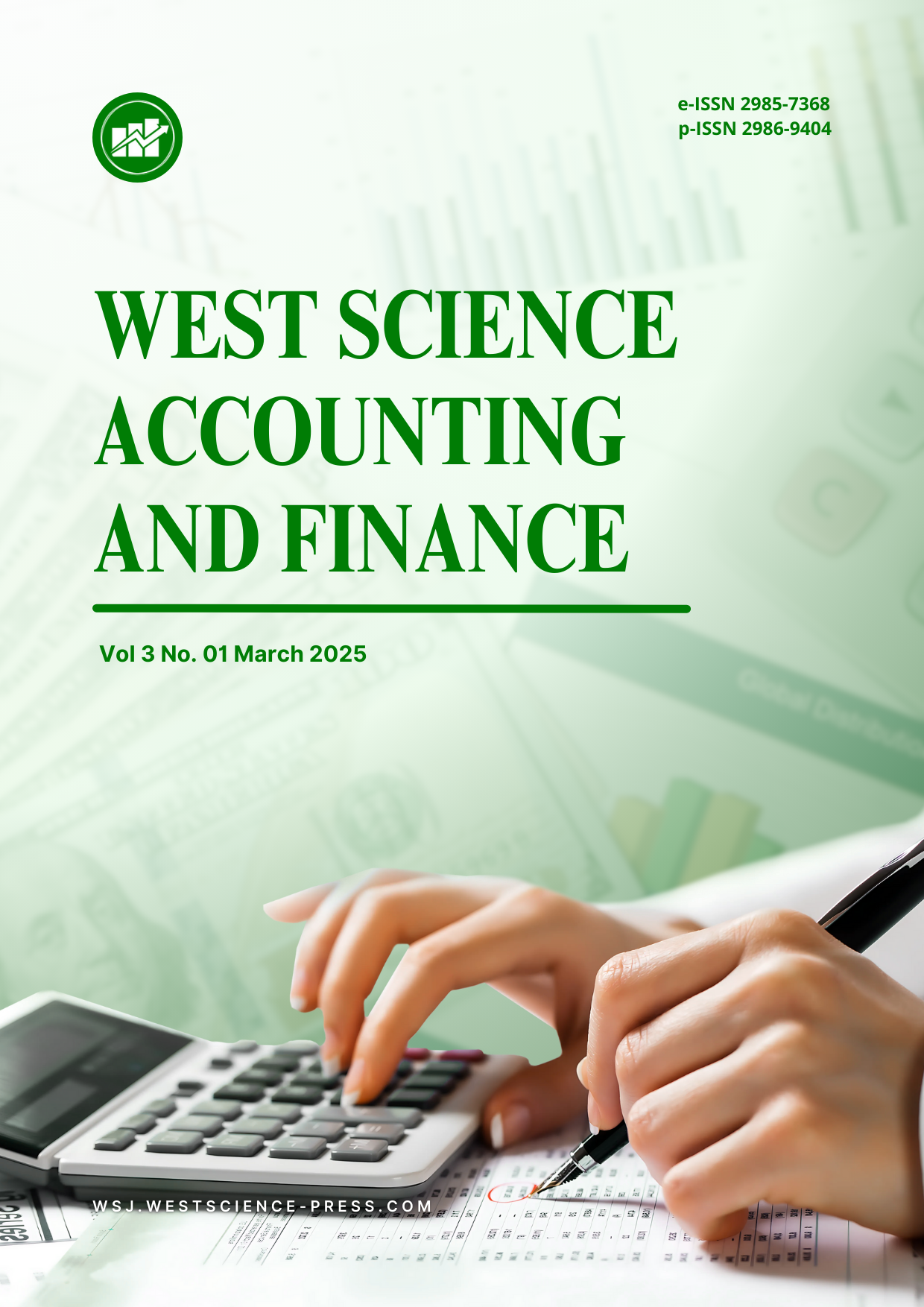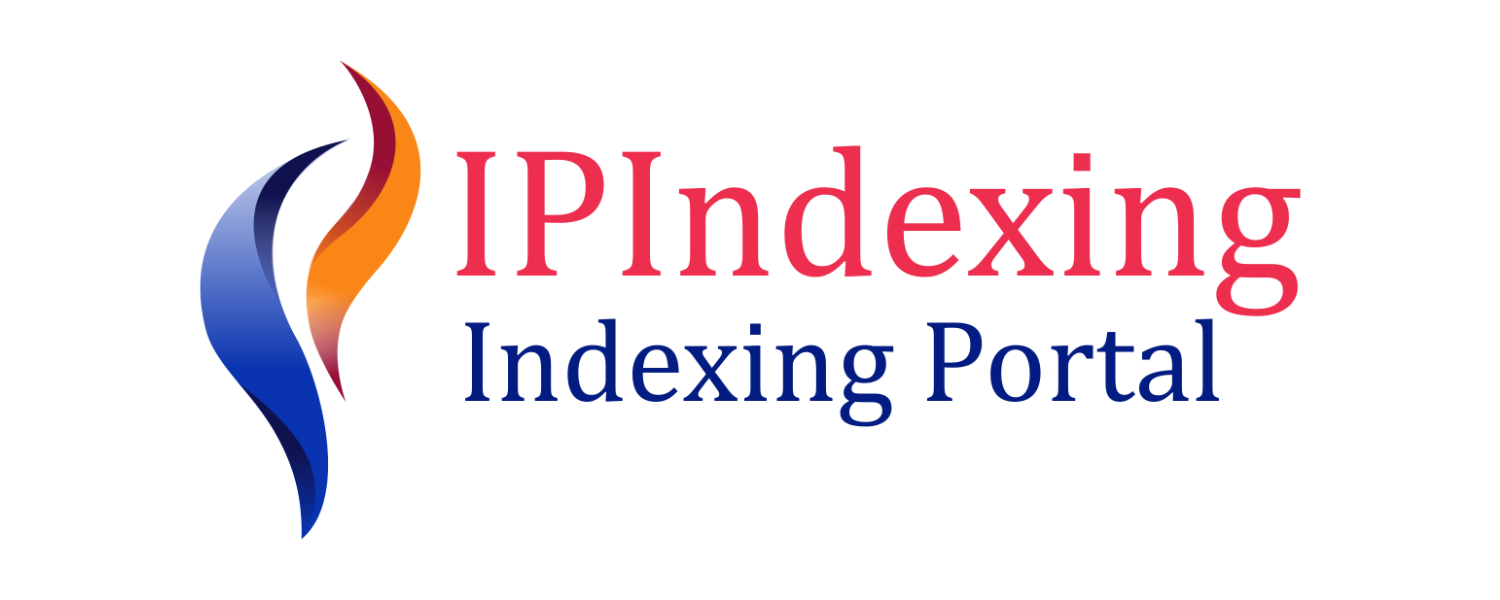The Role of Financial Literacy in Reducing Tax Anxiety and Improving the Effectiveness of Tax Planning
DOI:
https://doi.org/10.58812/wsaf.v3i01.1780Keywords:
Financial Literacy, Tax Anxiety, Tax Planning Effectiveness, Tax Compliance, IndonesiaAbstract
This study investigates the role of financial literacy in reducing tax anxiety and improving the effectiveness of tax planning in Indonesia. Using a quantitative approach, data were collected from 78 individual taxpayers through a structured questionnaire. The analysis, conducted using SPSS version 26, revealed significant relationships among financial literacy, tax anxiety, and tax planning effectiveness. Financial literacy was found to positively influence tax planning effectiveness while reducing tax anxiety. Additionally, tax anxiety partially mediated the relationship between financial literacy and tax planning effectiveness. These findings emphasize the importance of financial education in fostering confident and effective tax planning behaviors among Indonesian taxpayers. The study provides actionable insights for policymakers to enhance tax compliance through targeted financial literacy initiatives and stress-reduction strategies.
References
[1] N. M. S. PARWATI et al., “The Effect of The Complexity of Tax Regulations and Principles of Justice to Taxpayer Compliance,” J. Governance, Tax. Audit., vol. 3, no. 1, pp. 12–24, 2024.
[2] D. A. Prasetyo, “THE INFLUENCE OF THE TAX AMNESTY, AN UNDERSTANDING OF PP NO. 46 OF 2013 AND TAX SANCTIONS ON THE TAX COMPLIANCE IN MICRO, SMALL, AND MEDIUM ENTERPRISE IN YOGYAKARTA CITY.” YOGYAKARTA STATE UNIVERSITY, 2017.
[3] M. Kurniawan, M. S. Mahrinasari, and S. Bangsawan, “Tax payment compliance behavior of the motor vehicle: The moderating role of tax amnesty and patriotism,” Cuad. Econ., vol. 46, no. 130, pp. 191–206, 2023.
[4] A. S. Dermawan, R. Ferinia, and M. L. Karundeng, “PENGARUH PEMANFAATAN TEKNOLOGI INFORMASI DAN PELAYANAN FISKUS TERHADAP TINGKAT KEPATUHAN WAJIB PAJAK,” J. LENTERA BISNIS, vol. 14, no. 1, pp. 155–168, 2025.
[5] H. Shariff and S. Musau, “Financial Literacy and Tax Compliance by Medium, Small and Micro Enterprises in Nairobi City County, Kenya”.
[6] E. K. Avickson and A. A. Ogunola, “Big Data Economics: Leveraging AI to Drive Financial Inclusion and Economic Development”.
[7] R. Amirtha, “Financial Literacy for the Future: Preparing Individuals for Economic Success,” rrrj, vol. 3, no. 2, pp. 381–396, 2024.
[8] A. F. M. Ahamed, “Chapter-1 FINANCIAL LITERACY,” Chapter-1 Financ. Lit. (January 06, 2025), 2025.
[9] D. A. Putra, N. Aprila, and P. P. Midiastuty, “Building a Culture of Compliance: The Influence of Tax Socialization and Inclusion on Indonesian Micro, Small, and Medium Enterprises (MSMEs) Taxpayers,” Open Access Indones. J. Soc. Sci., vol. 7, no. 6, pp. 1881–1893, 2024.
[10] S. F. Abdul Rashid, S. Sanusi, and N. S. Abu Hassan, “Digital Transformation: Confronting Governance, Sustainability, and Taxation Challenges in an Evolving Digital Landscape,” in Corporate Governance and Sustainability: Navigating Malaysia’s Business Landscape, Springer, 2024, pp. 125–144.
[11] R. Milamo, M. Magobe, C. Chimilila, and R. Mzalendo, “Influence of Trust, Service Quality and Extrinsic Motivation on E-Tax Filling System and Compliance Burden in Tanzania,” African J. Econ. Rev., vol. 13, no. 1, pp. 112–131, 2025.
[12] V. Siagian, F. Hutabarat, and H. Siagian, “The Effect Of Understanding Tax Digitalization, Digital Literacy On Tax Awereness,” Monet. J. Keuang. dan Perbank., vol. 12, no. 3, pp. 536–547, 2024.
[13] T. Sharma and A. Pokharel, “Financial Literacy and Investment Decisions: A Study of Salaried Individuals in Kathmandu”.
[14] K. Goyal and S. Kumar, “Financial literacy: A systematic review and bibliometric analysis,” Int. J. Consum. Stud., vol. 45, no. 1, pp. 80–105, 2021.
[15] A. Alisa, J. Juniwati, W. Wendy, G. Giriati, and M. Mustaruddin, “The Influence of Financial Literacy, Financial Technology, Risk Perception, and Locus of Control on Investment Decisions with Education Level as a Moderating Variable in West Kalimantan,” J. Appl. Manag. Res., vol. 4, no. 2, pp. 105–112, 2024.
[16] N. A. I. Yahya, N. S. Shaharuddin, and N. R. A. Bakar, “The Influence of Tax Knowledge and Tax Complexity on Compliance Behavior Among Sole-Proprietors: Pengaruh Faktor Pengetahuan Cukai dan Kerumitan Sistem Cukai Terhadap Kepatuhan Cukai di Kalangan Pemilikan Tunggal,” J. Manag. Muamalah, vol. 11, no. 1, pp. 71–81, 2021.
[17] A. J. Hartmann, M. Mueller, and E. Kirchler, Tax Compliance: Research Methods and Decision Processes. Springer, 2020.
[18] E. Zangari, A. Caiumi, and T. Hemmelgarn, “Tax uncertainty: Evidence and policy responses,” Directorate General Taxation and Customs Union, European Commission, 2017.
[19] A. Tagat, “The taxman cometh: Behavioural approaches to improving tax compliance in India,” J. Behav. Econ. Policy, vol. 3, no. 1, pp. 12–22, 2019.
[20] R. Y. Bramasta and Y. Budiasih, “THE EFFECT OF PROFITABILITY, BOOK TAX DIFFERENCE AND TAX PLANNING ON INCOME MANAGEMENT IN AUTOMATICALLY SUB-SECTOR MANUFACTURING COMPANIES AND COMPONENTS REGISTERED IN INDONESIA STOCK EXCHANGE,” Int. J. Econ. Educ. Entrep., vol. 1, no. 1, pp. 22–30, 2021.
[21] N. Lüdemann, A. Shiba, N. Thymianis, N. Heist, C. Ludwig, and H. Paulheim, “A knowledge graph for assessing agressive tax planning strategies,” in The Semantic Web–ISWC 2020: 19th International Semantic Web Conference, Athens, Greece, November 2–6, 2020, Proceedings, Part II 19, Springer, 2020, pp. 395–410.
[22] D. Sari and R. M. Qibthiyyah, “Tax Revenue and Income Inequality,” J. Perenc. Pembang. Indones. J. Dev. Plan., vol. 6, no. 2, pp. 155–172, 2022.
[23] H. S. Evensen and A. N. Nøstvik, “Paradise profits: tax planning in multinational companies: a case study of Pfizer Inc.” 2017.
[24] I. Ajzen, “The theory of planned behavior,” Organ. Behav. Hum. Decis. Process., vol. 50, no. 2, pp. 179–211, 1991.
[25] U. Sekaran and R. Bougie, Research Methods for Business A Skill-Building Approach Seventh Edition. 2016. doi: 10.1007/978-94-007-0753-5_102084.
[26] I. Ghozali, “Aplikasi Analisis Multivariative Dengan Program IBM SPSS 25 Edisi 9,” Badan Penerbit Univ. Diponegoro, 2018.
[27] M. R. Wiquar, M. S. Wiquar, and T. Burney, “Tax literacy and the role of financial knowledge: A study of government initiatives and individual investors from Delhi NCR,” EPRA Int. J. Econ. Bus. Rev., vol. 10, no. 5, pp. 6–11, 2022.
[28] M. I. Hutabarat, T. Widiyastuti, and N. Ervina, “Analysis of the Influence of the Ability to Prepare Financial Reports, Financial Literacy and Financial Inclusion on the Financial Performance of MSMES,” Ilomata Int. J. Tax Account., vol. 5, no. 2, pp. 519–534, 2024.
[29] A. Novoa-Hoyos, L. Depoo, and E. Jiménez-Rodríguez, “Role of financial literacy and awareness of tax impacts in an emerging economy facing tax reform,” Econ. Sociol., vol. 15, no. 1, pp. 222–240, 2022.
[30] S. Yang, C. Wang, K. Lyu, and J. Li, “Environmental protection tax law and total factor productivity of listed firms: promotion or inhibition?,” Front. Environ. Sci., vol. 11, p. 1152771, 2023.
[31] D. Xiang and C. Lawley, “The impact of British Columbia’s carbon tax on residential natural gas consumption,” Energy Econ., vol. 80, pp. 206–218, 2019.
Downloads
Published
Issue
Section
License
Copyright (c) 2025 Loso Judijanto

This work is licensed under a Creative Commons Attribution-ShareAlike 4.0 International License.
























 Instagram
Instagram 